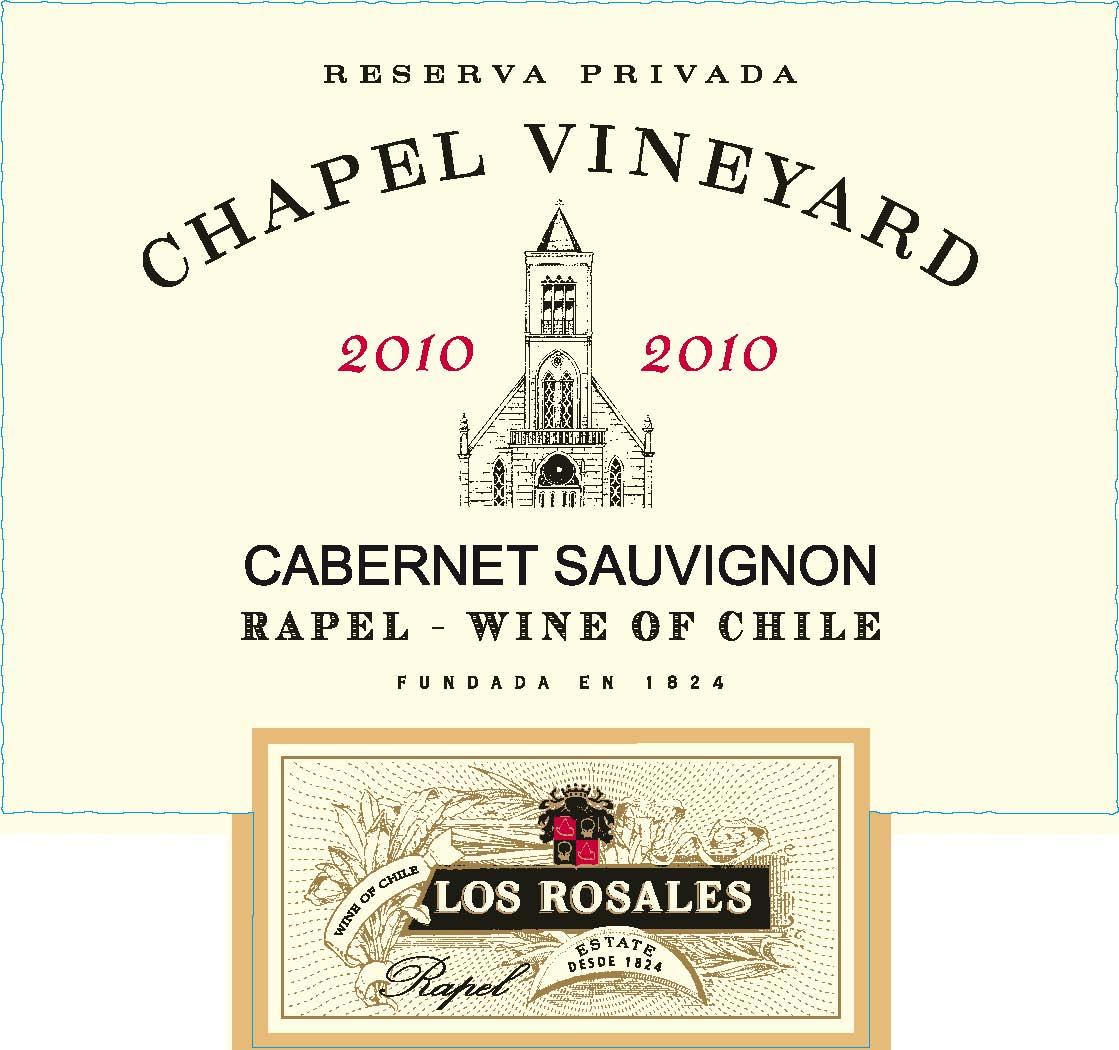2010 Rapel Valley Cabernet Sauvignon
The Los Rosales Chapel Vineyard Cabernet Sauvignon from the esteemed 2010 vintage is a striking representation of the Rapel Valley's exceptional terroir. This red wine displays a deep ruby hue, inviting wine lovers to explore its complexity. On the palate, it presents a full-bodied experience, combining vibrant acidity that adds a refreshing lift to the wine. The fruit intensity is prominent, showcasing luscious dark fruit flavors such as blackberry and plum, beautifully intertwined with hints of spice and oak. The tannins are notable yet well-integrated, providing a firm structure that enhances the wine's aging potential. As a dry wine, it offers a harmonious balance, making it a fantastic companion for a variety of culinary delights. This exceptional Cabernet Sauvignon exemplifies the unique character of its region and is a delightful choice for any wine enthusiast.
The Los Rosales Chapel Vineyard Cabernet Sauvignon from the esteemed 2010 vintage is a striking representation of the Rapel Valley's exceptional terroir. This red wine displays a deep ruby hue, inviting wine lovers to explore its complexity. On the palate, it presents a full-bodied experience, combining vibrant acidity that adds a refreshing lift to the wine. The fruit intensity is prominent, showcasing luscious dark fruit flavors such as blackberry and plum, beautifully intertwined with hints of spice and oak. The tannins are notable yet well-integrated, providing a firm structure that enhances the wine's aging potential. As a dry wine, it offers a harmonious balance, making it a fantastic companion for a variety of culinary delights. This exceptional Cabernet Sauvignon exemplifies the unique character of its region and is a delightful choice for any wine enthusiast.




